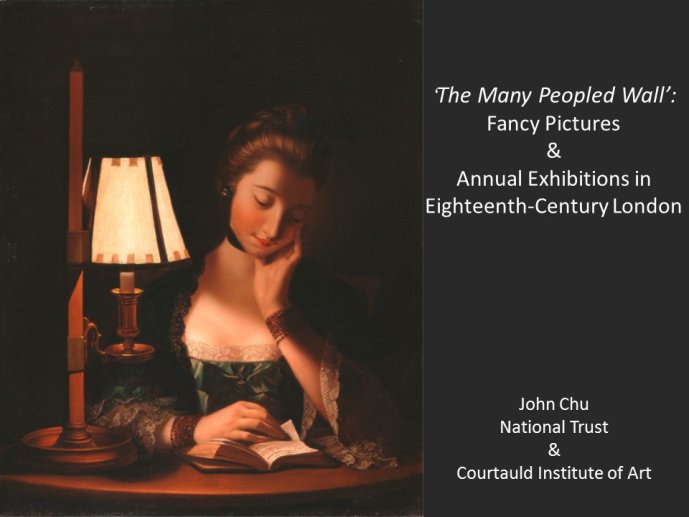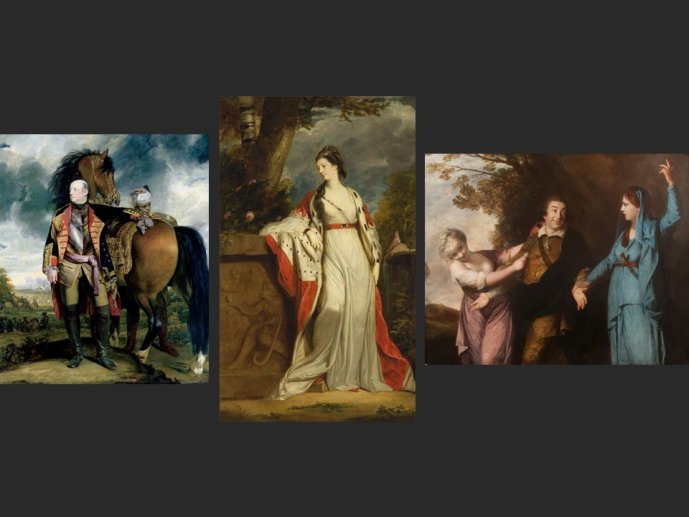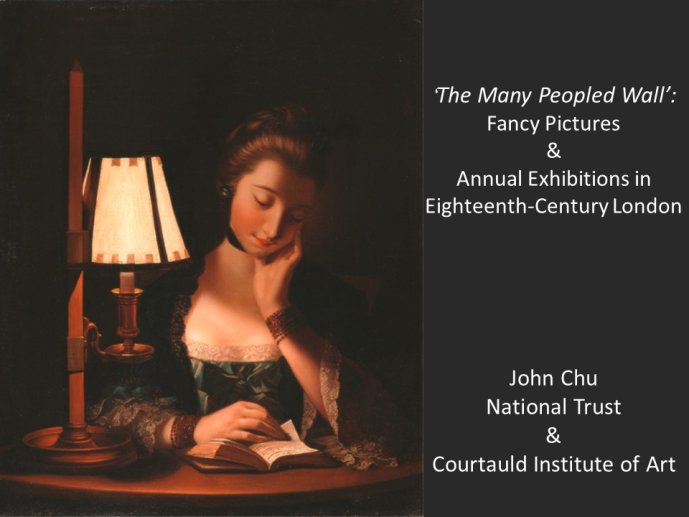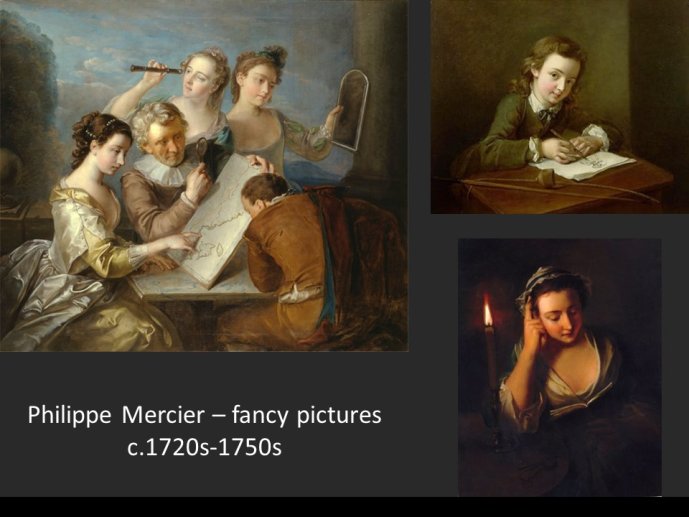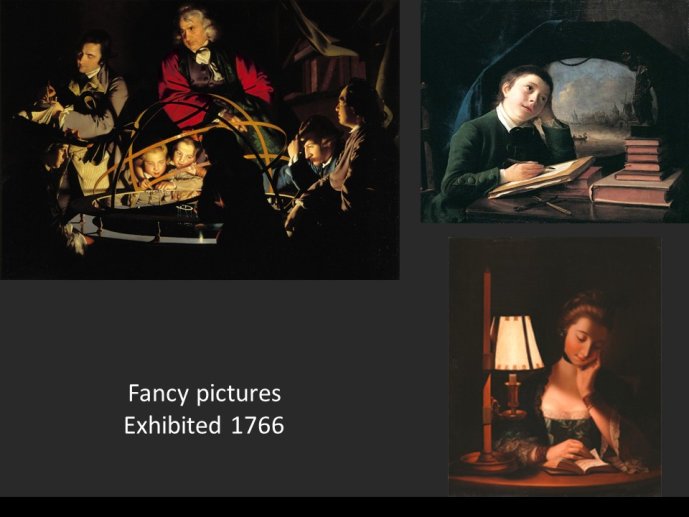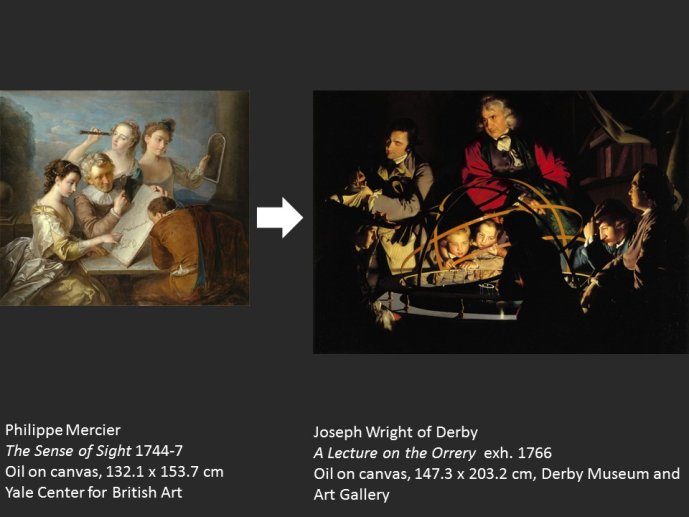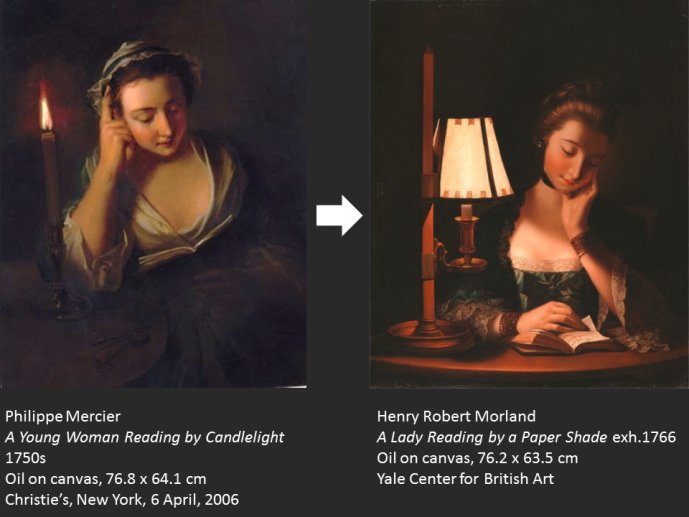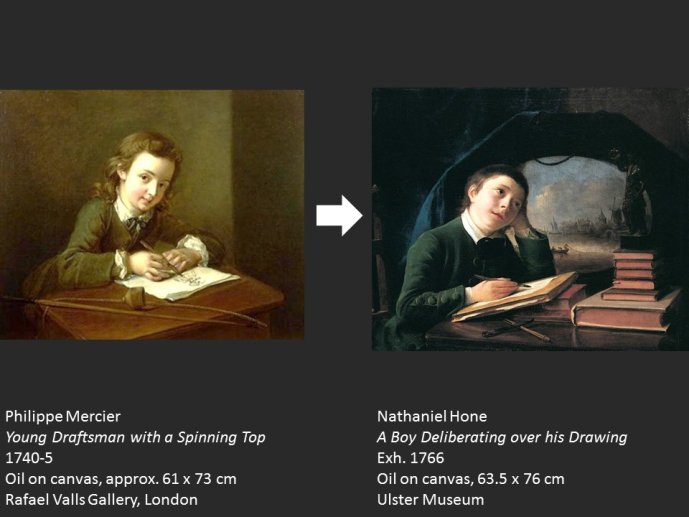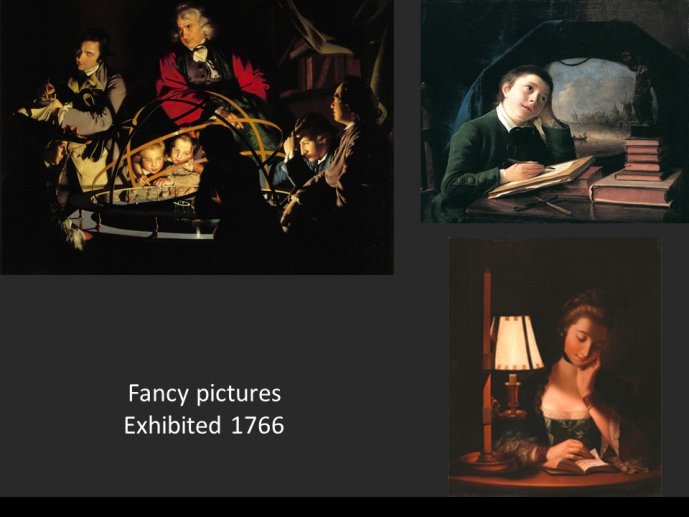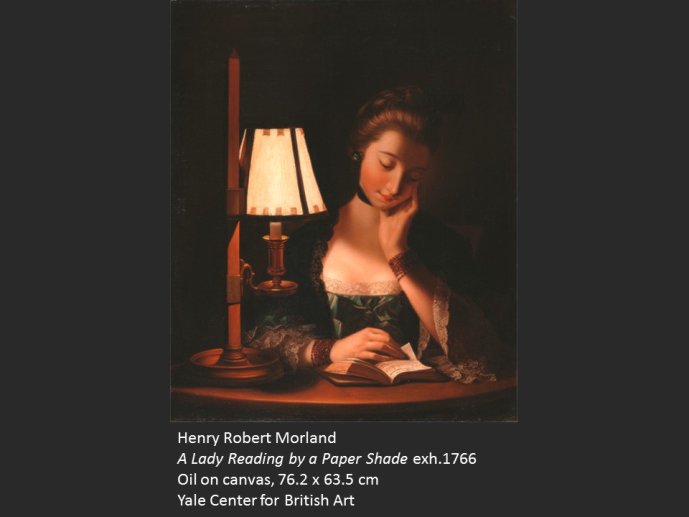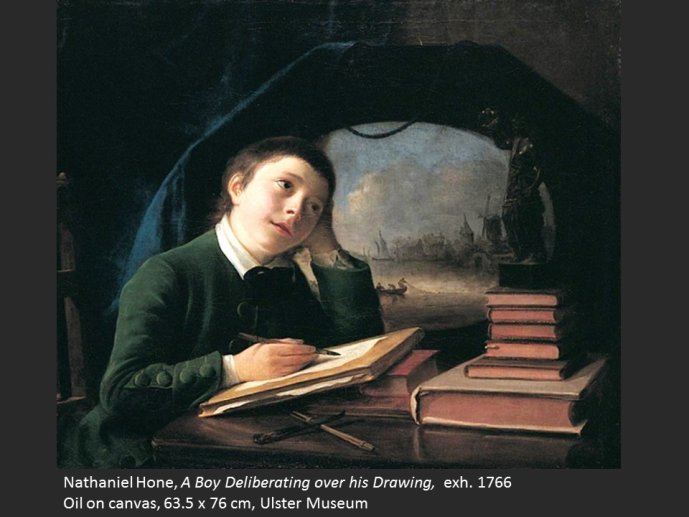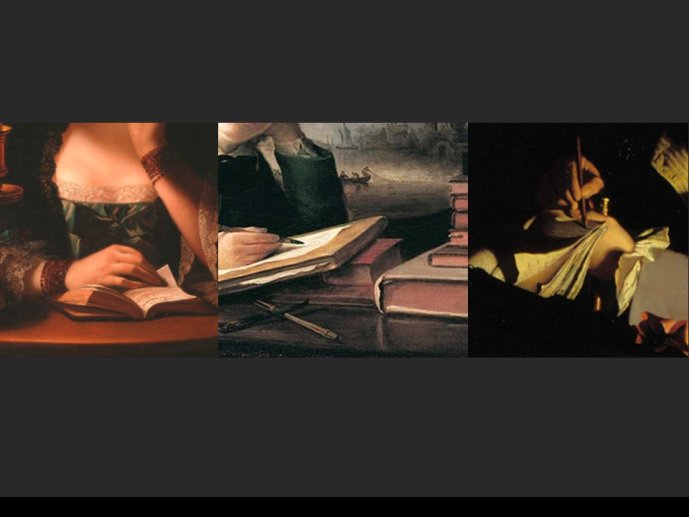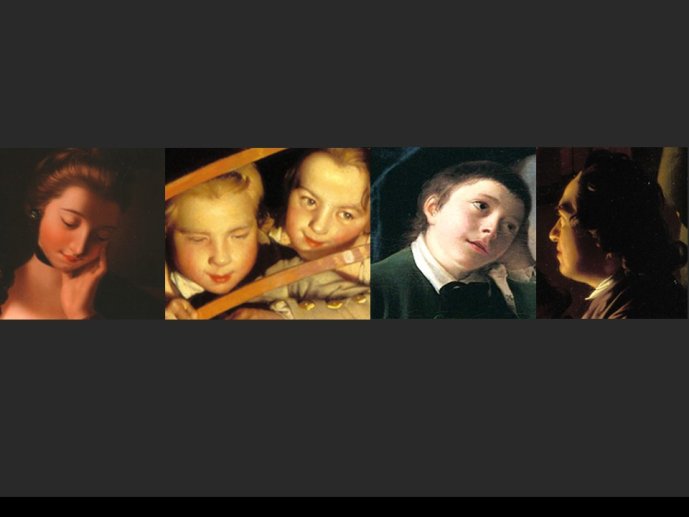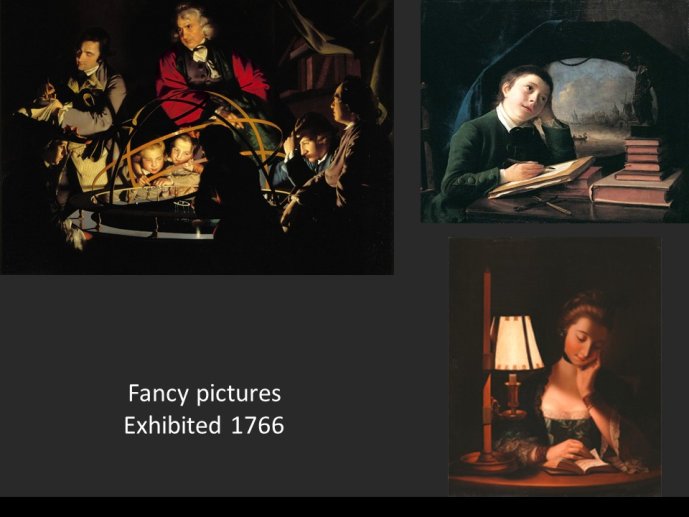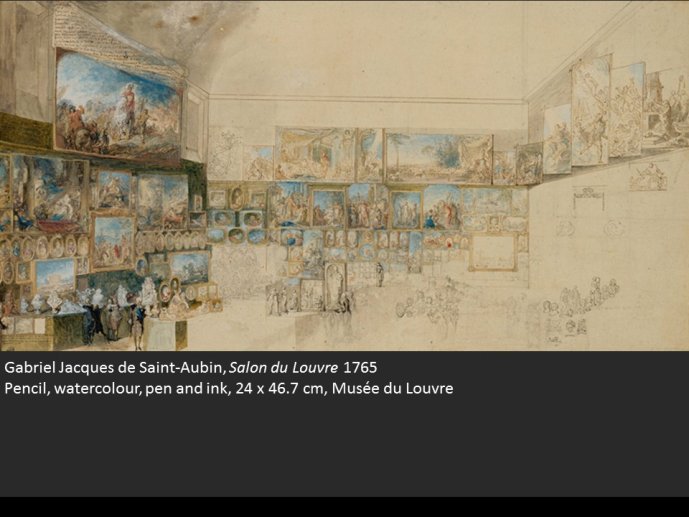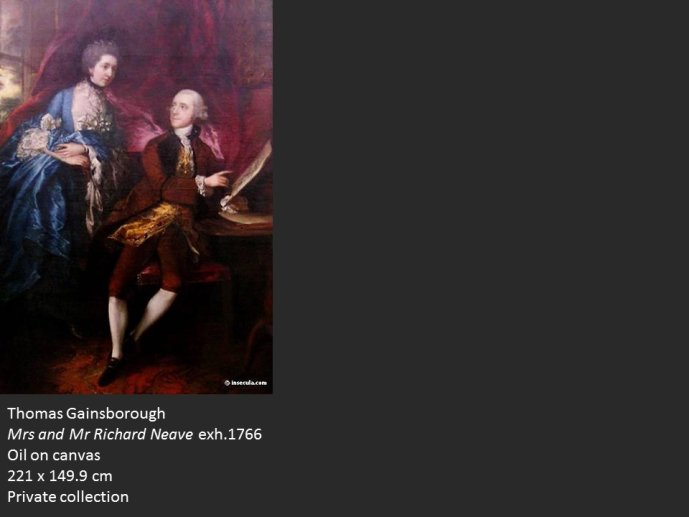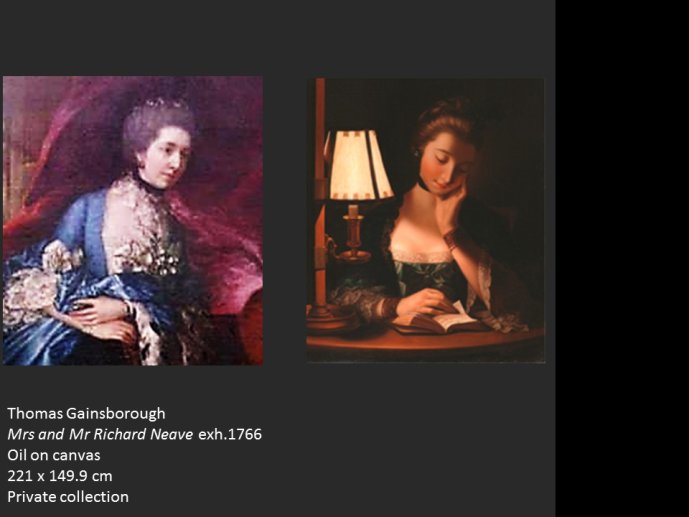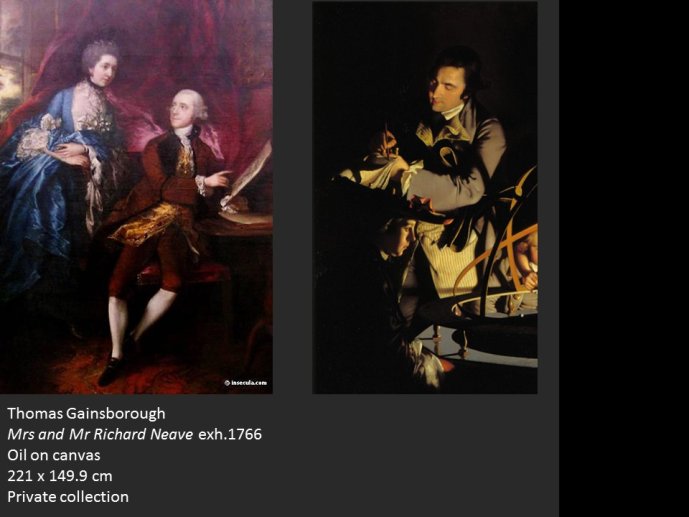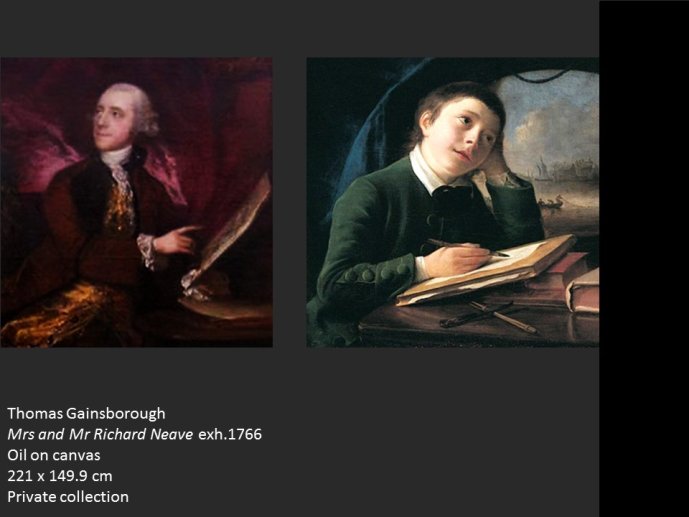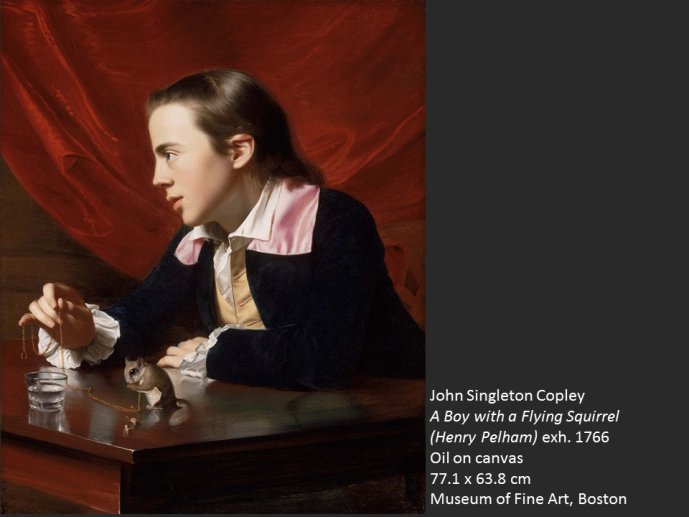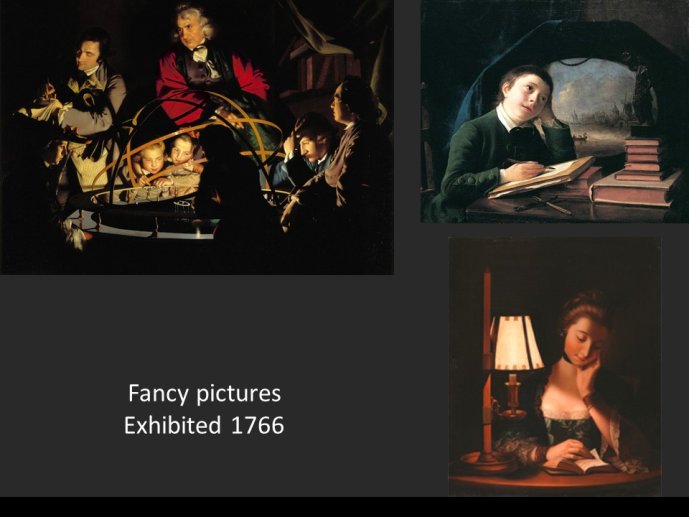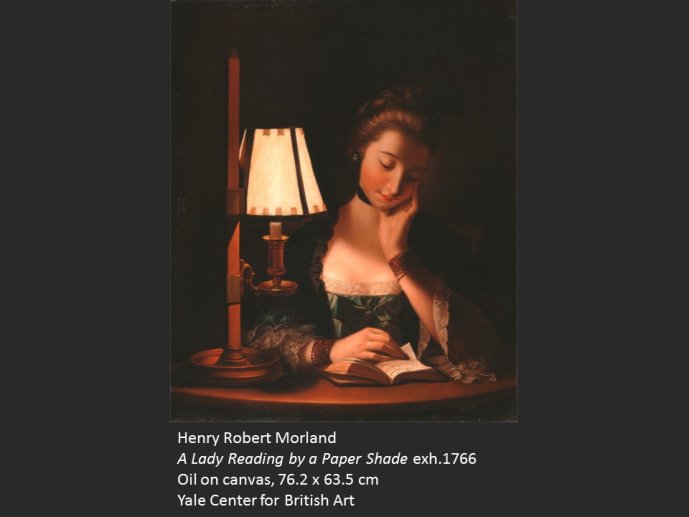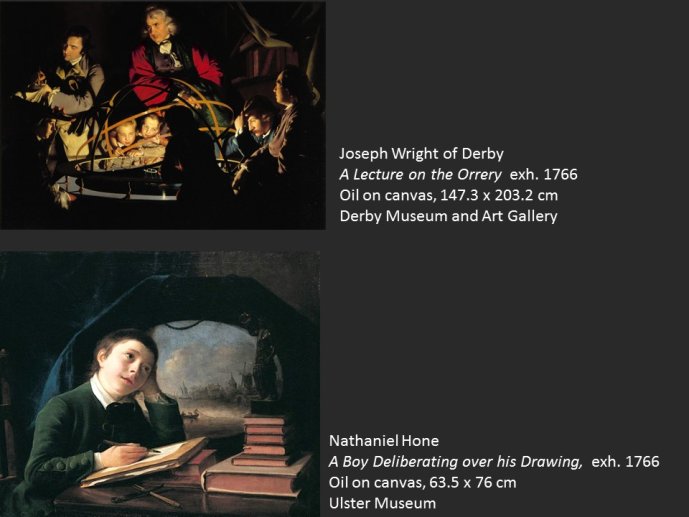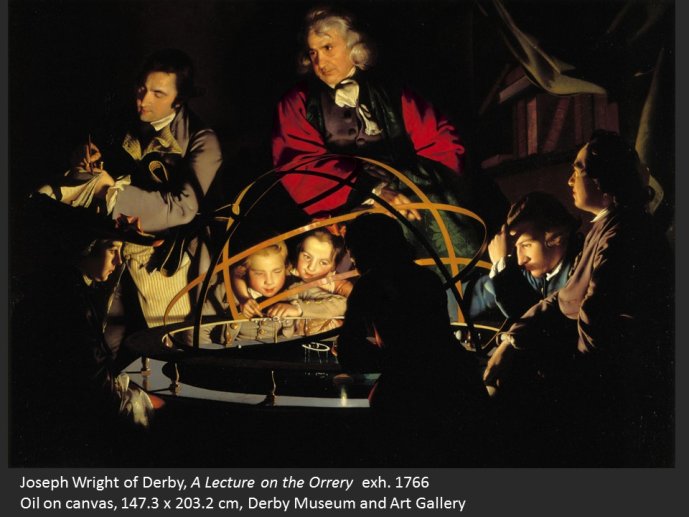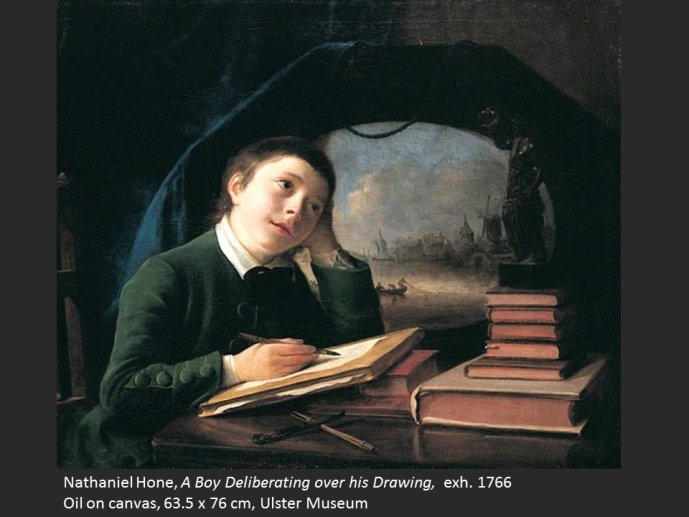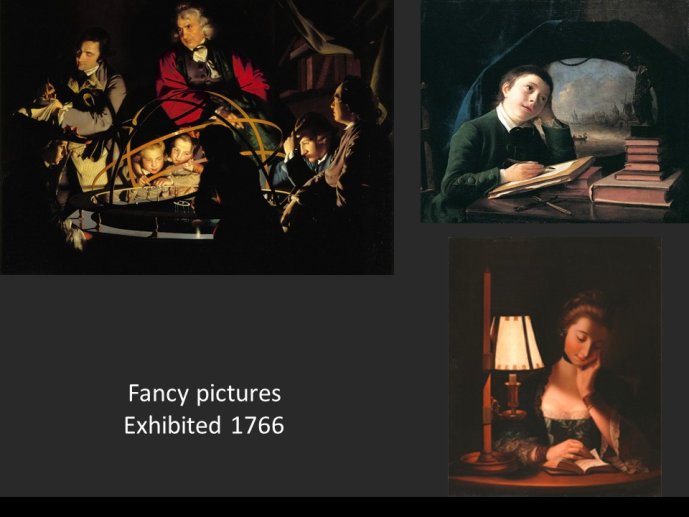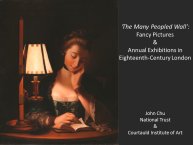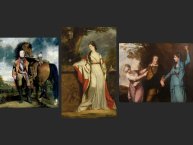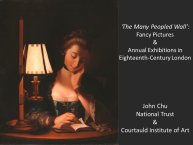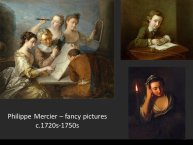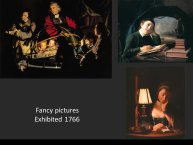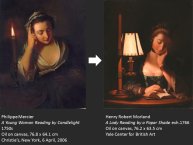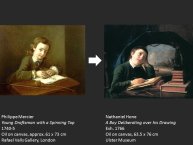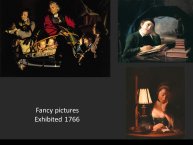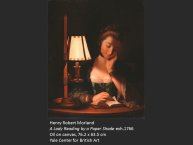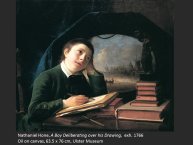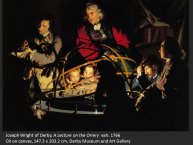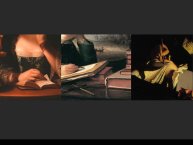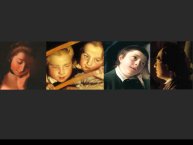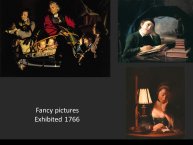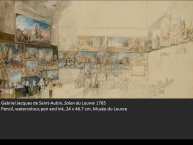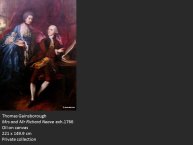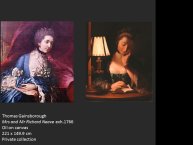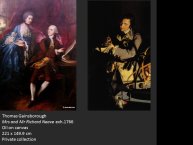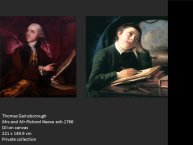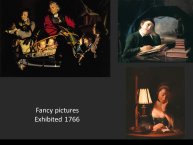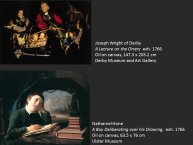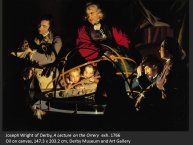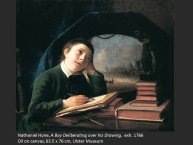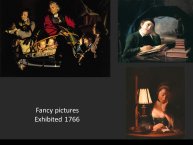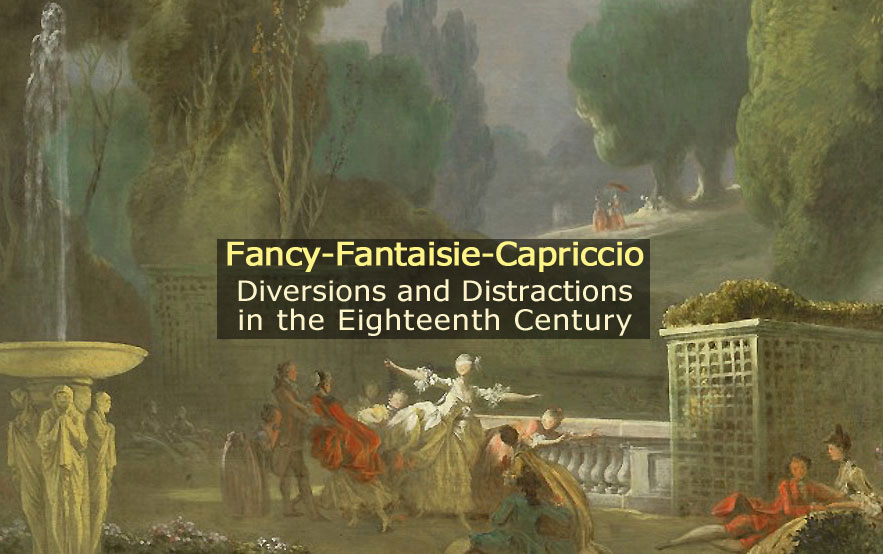Notice
The many peopled wall: Fancy Pictures and Annual Exhibitions in Eighteenth-Century London / John Chu
- document 1 document 2 document 3
- niveau 1 niveau 2 niveau 3
Descriptif
The many peopled wall: Fancy Pictures and Annual Exhibitions in Eighteenth-Century London / John Chu, in colloque international organisé, sous la responsabilité scientifique de Muriel Adrien, Melissa Percival et Axel Hémery, par l’Université Toulouse Jean Jaurès et l’Université d’Exeter. Toulouse, Musée Paul-Dupuy, 3-4 décembre 2015.
One of the defining developments of metropolitan visual culture in the eighteenth century was the advent of regular exhibitions of art presenting large numbers of pictures for perusal by a leisured public. This paper explores the impact of this burgeoning exhibiting culture on the art of the English fancy picture. Through a close reading of three fancy pictures exhibited in a single year soon after the establishment of such showcases in London, an account is provided of the ways in which painters on this format responded to the challenges and opportunities of this new situation. One of these works, namely Joseph Wright of Derby’s Lecture on the Orrery (Derby Museum and Art Gallery), is extremely well known while the other two – Nathaniel Hone’s Boy deliberating on his drawing (Ulster Museum) and Henry Morland’s Lady reading by a lampshade (Yale Center for British Art) – will be unfamiliar to many. Visual comparison and contrast between these art works and analysis of associated documentation will provide answers to a series of interconnected questions. What, for example, prompted artists to turn to this art form in these highly competitive circumstances in the first place? How were the public encouraged to distinguish fancy pictures from other closely related art forms? And what link can be made between the thematic and stylistic departures taken by the English fancy picture at this date and these vibrant but unpredictable new forums for artistic appreciation and entertainment?
Thème
Documentation
Références documentaires
CHU, John (2015). Les fenêtres du possible : la figure de fantaisie et l’esprit d’entreprise au début du XVIIIème siècle, in Melissa Percival, Axel Hémery, Figures de fantaisie [catalogue], Toulouse, Musée des Augustins, 2015.
Musée des Augustins (2015). Ceci n'est pas un portrait. Figures de fantaisie de Murillo, Fragonard, Tiepolo..., dossier de presse de l'exposition. Toulouse, Musée des Augustins, novembre 2015-mars 2016, 29 p. [En ligne : http://www.augustins.org/documents/10180/26194115/Dossier_presse_figures_fantaisie.pdf].
PERCIVAL, Melissa (2012). Fragonard and the Fantasy Figure: Painting the Imagination. Farnham (UK), Ashgate Publishing Limited, 304 p.
> Voir aussi la bibliographie à télécharger dans l'onglet "Documents".
Dans la même collection
-
Modelling for the Fancy Picture: fact, fiction and fantasy / Martin Postle
PostleMartinModelling for the Fancy Picture: fact, fiction and fantasy / Martin Postle, in colloque international "Fancy‒Fantaisie‒Capriccio. Diversions and Distractions in the Eighteenth Century" organisé, sous
-
Fancying Nature: the posterity of Joseph Addison’s ‘Pleasures’ in English Enlightenment culture / F…
OgéeFrédéricFancying Nature: the posterity of Joseph Addison’s ‘Pleasures’ in English Enlightenment culture / Frédéric Ogée, in colloque international "Fancy‒Fantaisie‒Capriccio. Diversions and Distractions in
-
British Capricci: from the Picturesque to the Sublime / Hélène Ibata
Pharabod-IbataHélèneBritish Capricci: from the Picturesque to the Sublime / Hélène Ibata, in colloque international organisé, sous la responsabilité scientifique de Muriel Adrien, Melissa Percival et Axel Hémery, par l
-
Le coq et le léopard. Portrait et petite histoire des collections de peintures britanniques du musé…
FaroultGuillaumeLe coq et le léopard. Portrait et petite histoire des collections de peintures britanniques du musée du Louvre / Guillaume Faroult, in colloque international organisé, sous la responsabilité
-
Figures de fantaisie de Jean-Baptiste Santerre et limites des cadres génériques d’interprétation / …
Faure-CarricaburuEmmanuelFigures de fantaisie de Jean-Baptiste Santerre et limites des cadres génériques d’interprétation / Emmanuel Faure-Carricaburu, in colloque international organisé, sous la responsabilité scientifique
-
La production gravée parisienne au cœur de l’invention d’un genre ? Les «fantaisies» de Poilly et C…
GuillouetChristopheLa production gravée parisienne au cœur de L’invention d’un genre ? Les «fantaisies» de Poilly et Courtin (1710–1728) / Christophe Guillouet, in colloque international organisé, sous la
-
‘As Whimsical and Chimearical as their Forms Are’ : Ornamental and Fanciful Motives in English Draw…
PavotBénédicte‘As Whimsical and Chimearical as their Forms Are’ : Ornamental and Fanciful Motives in English Drawing Books / Bénédicte Miyamoto, in colloque international organisé, sous la responsabilité
-
De la fantaisie des éventails aux éventails de fantaisie / Pierre-Henri Biger
BigerPierre-HenriDe la fantaisie des éventails aux éventails de fantaisie / Pierre-Henri Biger, in colloque international organisé, sous la responsabilité scientifique de Muriel Adrien, Melissa Percival et Axel
-
"A Butterfly Supporting an Elephant": Chinoiserie in Eighteenth-Century England, or "the Luxuriance…
Alayrac-FieldingVanessa"A Butterfly Supporting an Elephant": Chinoiserie in Eighteenth-Century England, or "the Luxuriance of Fancy" / Vanessa Alayrac, in colloque international organisé, sous la responsabilité scientifique
-
Réminiscences vénitiennes et hybridité culturelle dans les vues et capricci anglais de Canaletto / …
CervantesXavierRéminiscences vénitiennes et hybridité culturelle dans les vues et capricci anglais de Canaletto / Xavier Cervantes, in colloque international organisé, sous la responsabilité scientifique de Muriel
-
Du cabinet privé à la villa suburbaine : caprices et fantaisies artistiques dans la capitale des Lu…
Fernández AlmogueraAdriánDu cabinet privé à la villa suburbaine : caprices et fantaisies artistiques dans la capitale des Lumières espagnoles / Adrián Fernández Almoguera, in colloque international organisé, sous la
-
Fancy a Garden? The Hortulean Pleasures of Imagination and Virtuality / Laurent Châtel
ChâtelLaurentFancy a Garden? The Hortulean Pleasures of Imagination and Virtuality / Laurent Châtel, in colloque international organisé, sous la responsabilité scientifique de Muriel Adrien, Melissa Percival et
Sur le même thème
-
British Capricci: from the Picturesque to the Sublime / Hélène Ibata
Pharabod-IbataHélèneBritish Capricci: from the Picturesque to the Sublime / Hélène Ibata, in colloque international organisé, sous la responsabilité scientifique de Muriel Adrien, Melissa Percival et Axel Hémery, par l
-
Figures de fantaisie de Jean-Baptiste Santerre et limites des cadres génériques d’interprétation / …
Faure-CarricaburuEmmanuelFigures de fantaisie de Jean-Baptiste Santerre et limites des cadres génériques d’interprétation / Emmanuel Faure-Carricaburu, in colloque international organisé, sous la responsabilité scientifique
-
La production gravée parisienne au cœur de l’invention d’un genre ? Les «fantaisies» de Poilly et C…
GuillouetChristopheLa production gravée parisienne au cœur de L’invention d’un genre ? Les «fantaisies» de Poilly et Courtin (1710–1728) / Christophe Guillouet, in colloque international organisé, sous la
-
‘As Whimsical and Chimearical as their Forms Are’ : Ornamental and Fanciful Motives in English Draw…
PavotBénédicte‘As Whimsical and Chimearical as their Forms Are’ : Ornamental and Fanciful Motives in English Drawing Books / Bénédicte Miyamoto, in colloque international organisé, sous la responsabilité
-
"A Butterfly Supporting an Elephant": Chinoiserie in Eighteenth-Century England, or "the Luxuriance…
Alayrac-FieldingVanessa"A Butterfly Supporting an Elephant": Chinoiserie in Eighteenth-Century England, or "the Luxuriance of Fancy" / Vanessa Alayrac, in colloque international organisé, sous la responsabilité scientifique
-
Réminiscences vénitiennes et hybridité culturelle dans les vues et capricci anglais de Canaletto / …
CervantesXavierRéminiscences vénitiennes et hybridité culturelle dans les vues et capricci anglais de Canaletto / Xavier Cervantes, in colloque international organisé, sous la responsabilité scientifique de Muriel
-
Fancy a Garden? The Hortulean Pleasures of Imagination and Virtuality / Laurent Châtel
ChâtelLaurentFancy a Garden? The Hortulean Pleasures of Imagination and Virtuality / Laurent Châtel, in colloque international organisé, sous la responsabilité scientifique de Muriel Adrien, Melissa Percival et

